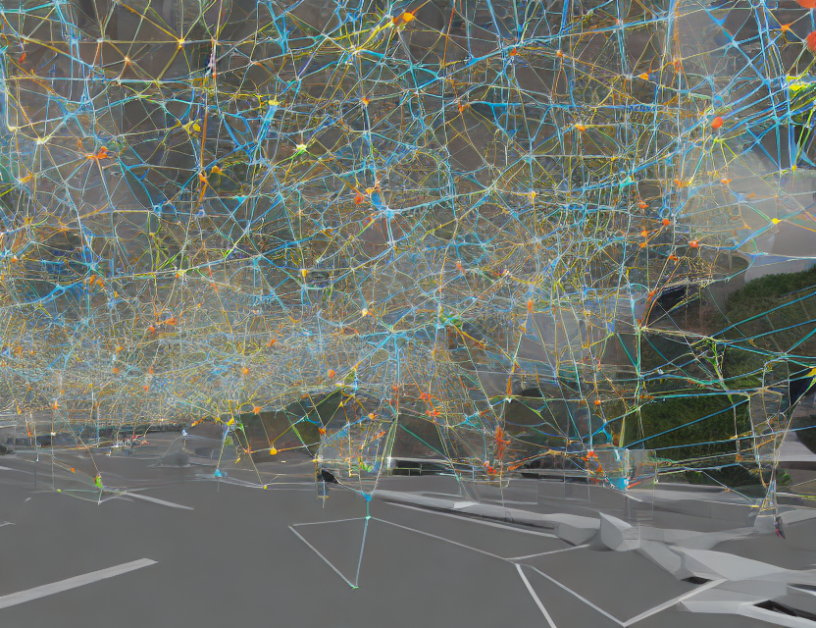Object detection models are essential in various applications, including self-driving cars and surveillance systems. However, these models can be vulnerable to attacks that compromise their performance and accuracy. In this review, we focus on black-box object detection model extraction attacks, which aim to extract the parameters of a target object detection model without access to its underlying architecture or training data.
We examine existing attack methods, including query-based and data-limited scenarios, and highlight their strengths and limitations. Query-based attacks rely on generating queries that can efficiently extract the target model’s parameters, while data-limited attacks require fewer samples to achieve comparable results. We also discuss related work in this area, including CloudLeak and MAZE, which demonstrate the efficacy of these attack methods on various object detection models.
To demystify complex concepts, let’s consider an analogy: thinking of a black-box object detection model extraction attack as a magician’s trick. Just as a magician might use misdirection to manipulate your attention, these attacks aim to manipulate the target model’s parameters without being detected. By understanding the different techniques used in these attacks, we can better appreciate the challenges and opportunities in developing more secure object detection models.
Overall, this review provides a comprehensive overview of black-box object detection model extraction attacks, highlighting their potential threats and limitations. As object detection models become increasingly widespread, it is essential to develop robust security measures against these types of attacks to ensure their reliability and integrity.
Computer Science, Cryptography and Security
Enhancing Object Detection with Internet Data: A Novel Approach



